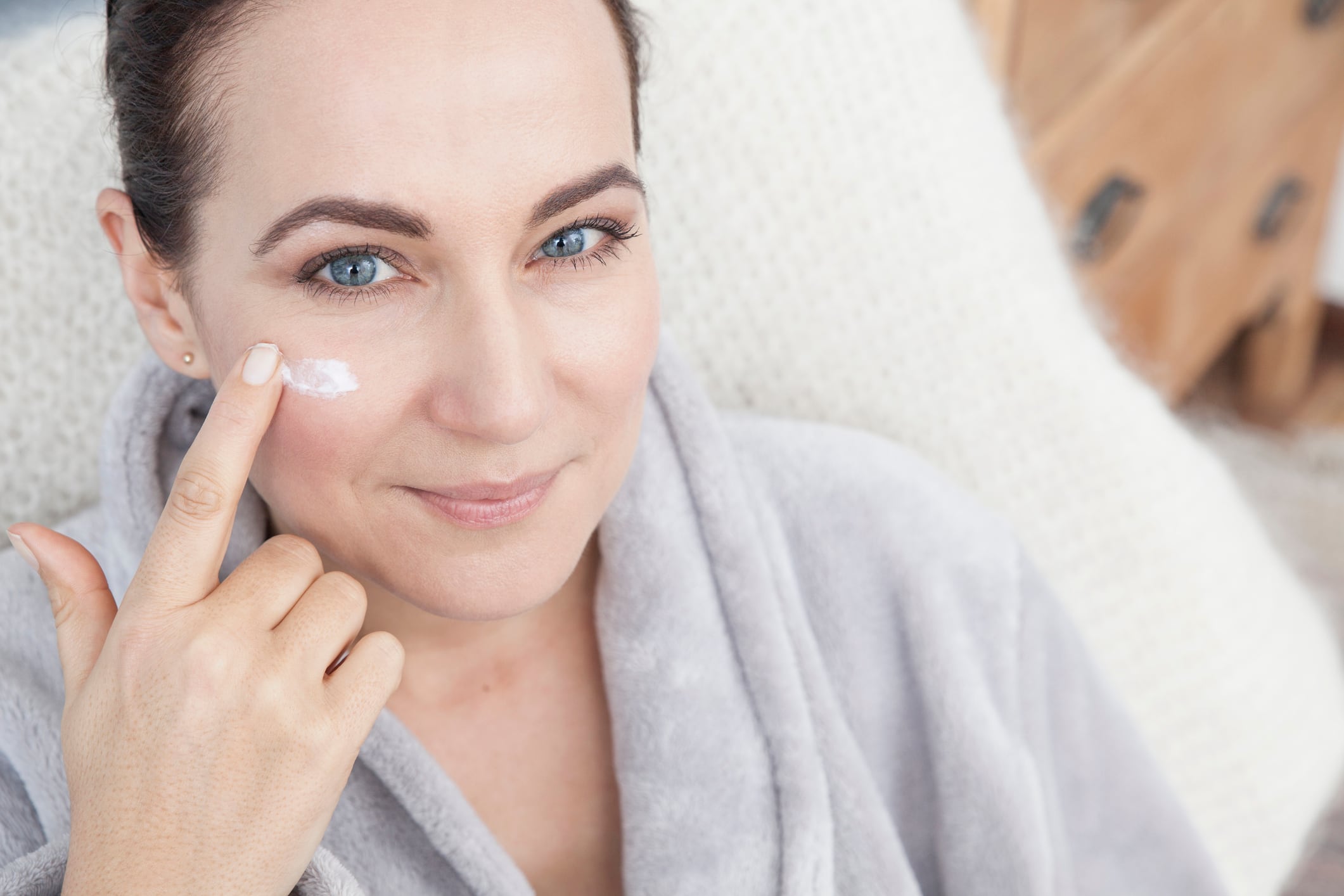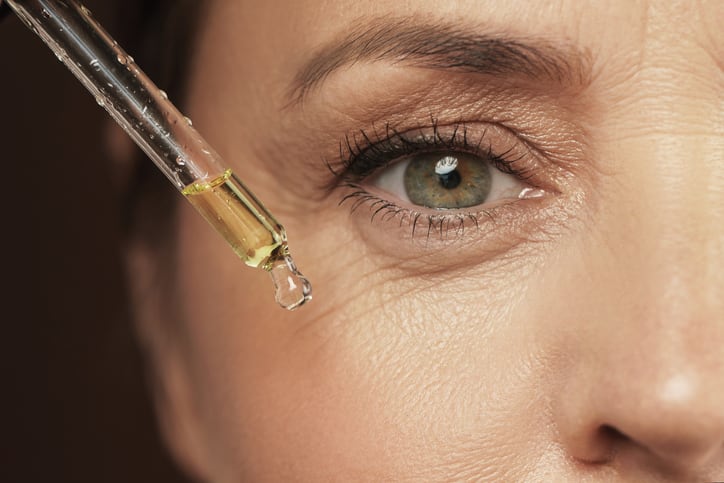Recently, the Journal of Cosmetic Dermatology published the results of an exploratory trial into the anti-aging benefits of the probiotic bacteria Lactiplantibacillus plantarum and its efficacy in topical cosmetic applications. The study, which is the first of its kind, has produced encouraging results supporting the assertion that probiotics can successfully be formulated for topical application.
Historically, one of the critical challenges to bringing probiotics topical products to the mass market has been the formulation’s stability, which until now has required cold storage to guarantee listed shelf life. This breakthrough study on lactic acid bacteria has the potential to revolutionize the product sector by solving this problem and offering consumers access to a new class of bioactives.
To learn more about the study’s results and commercialization plans to bring the new topical formulation to the mass market, CosmeticsDesign spoke with the study’s author, Søren Kjærulff, Ph.D., CSO. His invaluable insight emphasizes the importance of this scientific study and the research’s potential impact on the cosmetics and personal beauty care industries.
The study and its findings
To best comprehend the study’s findings, it is paramount to understand probiotics and their place in topical cosmetics product applications. As defined for the study, “probiotics contain live bacteria that can continue living on the skin and producing peptides and metabolites beneficial for problematic and healthy skin,” Kjærulff explained. “Probiotics also secure the right pH of the skin.”
He further clarified that probiotics were of particular interest for this study because the bacteria are known for “health-promoting effects, including modulating the immune system, restoring the natural microbiome, strengthening epidermis tight junction integrity reducing signs of photoaging, and protecting against infection.”
Researchers conducting the study sought to prove the efficacy of lactic acid probiotic bacteria in a topical ointment application in mitigating signs of aging like fine lines. For the study’s methodology, 21 participants applied the probiotic ointment twice daily for 56 days. Researchers evaluated their results using a combination of skin ultrasonography, biomechanical properties, and skin hydration at the start, at 28 days, and again after 56 days.
In the analysis of the results, researchers determined that “the topical application of the probiotic ointment formulation positively affected all clinical aging parameters investigated in this study, including crow’s feet wrinkles, pigmentary spots density, smoothness, and complexion radiance,” said Kjærulff. Further, he elucidated that the most surprising finding from the study’s conclusion was the “vast improvement in ALL measured parameters, all of which were statistically significant.” With the trial being run for a shorter period of time, the statistically significant changes in all examination areas are particularly impressive for the researchers.
Challenges to commercialization
According to the market research and data firm Statista, “the global anti-aging market is expected to grow at a compound annual growth rate (CAGR) of around 6.7% between 2022 and 2027. With the market’s size amounting to some 63 billion U.S. dollars in 2021, it is projected to reach 93 billion U.S. dollars by 2027.”
Skin care products targeting signs of aging like fine lines or wrinkles command a sizeable portion of consumer demand in the personal beauty product space. Therefore, innovation in this area is of exceptional importance to the cosmetics industry looking to expand product offerings to meet consumer needs better.
Said Kjærulff, “the use of real live probiotics in cosmetics is a game changer in the cosmetics and personal beauty care industries, as our research shows that natural probiotics have multiple functions in terms of anti-aging effects and thereby can replace combinations of many conventional ingredients to achieve enhanced anti-aging effects.” Further, he explained that “Lactobio has paved the way for using probiotics in the cosmetic industry by obtaining statutory registration of cosmetic skin care products with real live probiotics in several countries.”
However, commercialization of this product type has been challenging, and researchers in this study sought to address them directly. Perhaps the most critical barrier to mass market commercialization of topical probiotic formulations is the stability of the product’s shelf life, which has historically required refrigeration and can be costly for both manufacturers and distributors.
Researchers addressed this issue in their new formulation, which no longer has this requirement to preserve shelf life. “With the launch of the BAK Healthy Aging Antioxidant Oil,” Kjærulff said, “we have developed a proprietary and innovative packaging solution that removes the cold chain pain point and allows storage at room temperature with a shelf life of two years.”
Another challenge to overcome is the education of consumers on the nature of the probiotic bioactive in topical applications. “The future of skincare is probiotics, but in the cosmetic industry, the term ‘probiotic’ has previously been misused for products that do NOT contain live probiotic bacteria,” said Kjærulff.
This misinformation is pervasive, and currently, “virtually all so-called probiotic cosmetics contain ferment lysates (dead probiotic bacteria or postbiotics).” The study’s results challenge this understanding, and suggest it is the cosmetic and personal beauty care product industries’ responsibility to better educate consumers about their product offerings.
A third challenge to bringing probiotic topicals to the mass market is simply that the MoA is not well understood in the scientific community. “In essence, knowledge is lacking concerning the anti-aging mode of action caused by the topical application of probiotics,” Kjærulff said. “Whether the anti-aging efficacy is mediated through reduction of senescence, specific mammalian signaling, immune modulation, inhibition of inflammation, microbiome modulation, or by directly affecting the ECM and collagen/elastane, will be for future studies to uncover.
Mass market offerings and anticipated consumer reactions
With encouraging study results, the topical probiotic ointment formulated through the study is already being produced for consumer use. “We are planning to commercialize the probiotic LB244R strain as an anti-age ingredient globally in collaboration with key partners based on the clinical study,” shared Kjærulff.
The product has already been commercialized through BAK Skincare with two SKUs: BAK Healthy Aging Antioxidant Oil and BAK Healthy Aging Moisture Boost, both of which are currently available in the Nordic countries, Greece, Poland, USA, China, and soon South Korea.
As the product has only recently been developed and just released, it will be interesting to gauge consumer reception in the coming months. Likewise, it will be intriguing to see if other cosmetics and personal beauty care companies follow suit with their research and development into similar probiotic topical products. As with any new technology and development in the industry, more research will benefit consumers and industry members in better meeting unique skin care needs.





